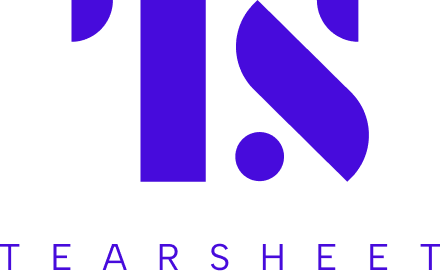The curb-cut effect and how building for accessibility creates value for banks and its employees ft. Bank of America
- How does a bank build software that is accessible for its employees and what value does this work bring back to the firm?
- Dive into how designing for accessibility brings value to the bank and what role UX research and the inclusion of disabled employees play in this work.

Accessibility isn’t just a customer-facing value. In fact, in cases where it’s done well, it comes from within the organization, through its culture, purpose, and employees. Accessibility as a corporate value is built upon, and championed by, employees with disabilities whose work is informed by their lived experiences. But like disabled customers, disabled employees need their enterprise software to be designed with them in mind. Otherwise, we risk exclusion.
But how does a bank build software that is accessible for its employees and what value does this work bring back to the firm?
The curb-cut effect
The answer may lie in what is called the “curb cut effect”. Traveling through cities wasn’t always accessible to wheelchair users, especially not in the 1970s, when sidewalks had no sloping ramp for easing transitions onto the road. In the early 1970s, Michael Pachovas, a disability advocate, accompanied by like-minded friends changed that, by pouring cement in the shape of a ramp onto a sidewalk. It wasn’t the first curb-cut but it had the biggest impact. Disability advocates rallied and the first government approved curb-cut was built into the intersection on Telegraph Avenue in Berkeley, CA. After, America began to see accessibility and mobility differently and finally disability advocates saw a win when in 1990, the Americans with Disabilities Act was signed, casting non-inclusive environments into the realms of illegality and by extension made curb-cuts mandatory. So why is this piece of history important to how accessibility is rendered into reality in the financial institutions of America?



